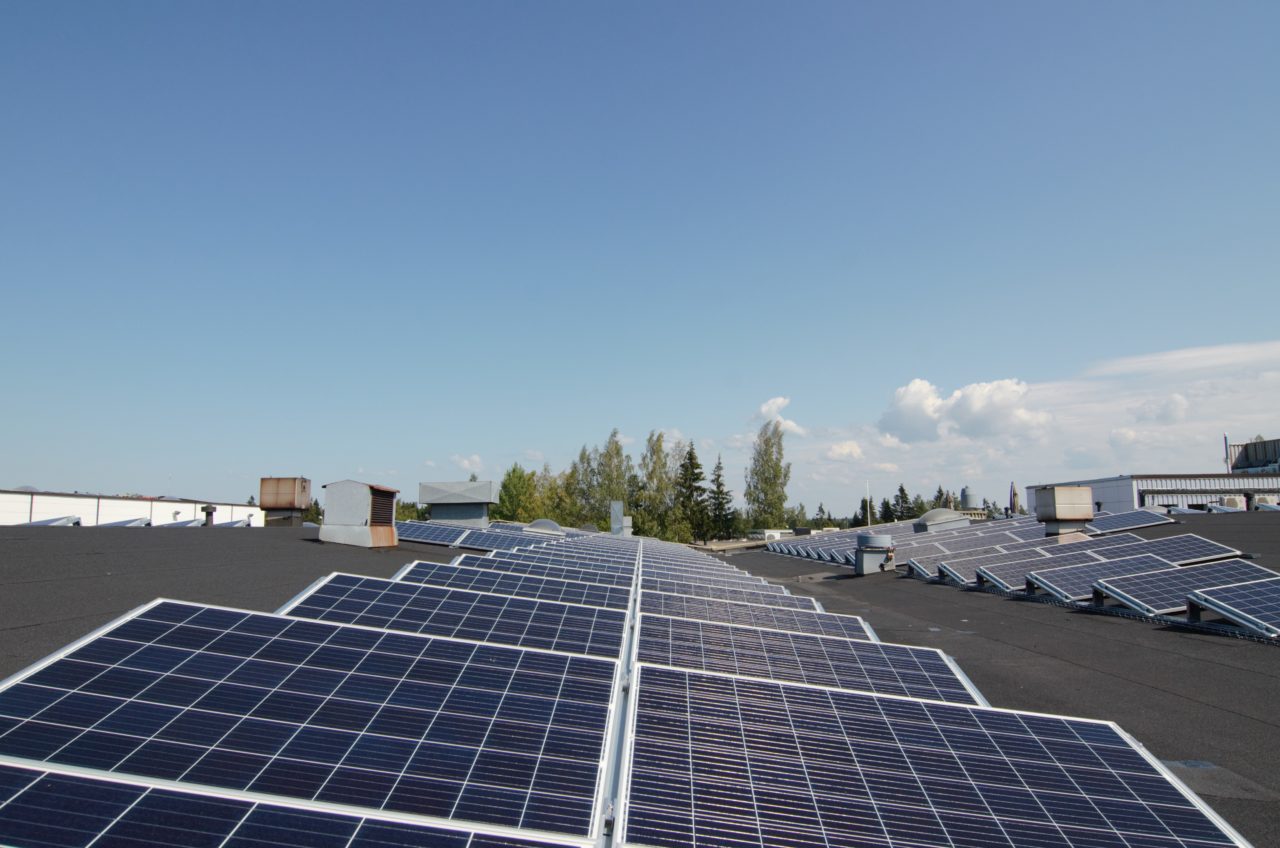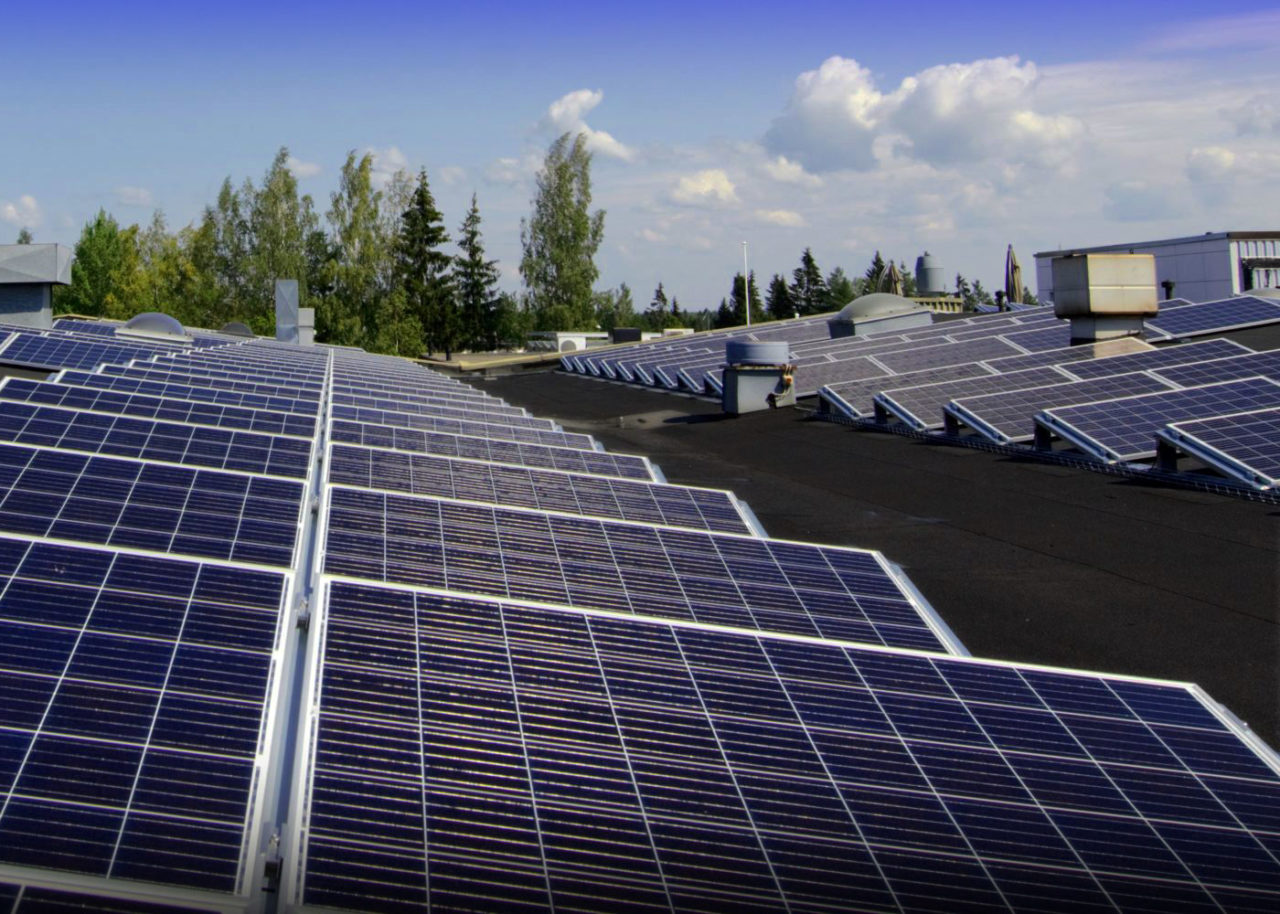
The automation of the ventilation system was implemented through hybrid heating. We have three air-to-water heat pumps operating alongside district heating, automatically controlled based on demand. For example, on cold nights the system starts heating the building, while on hot days it initiates cooling. This automation provides real-time information on energy consumption and helps us optimize the systems’ efficiency. Although this investment was substantial, we expect to see initial results within approximately a year, with an estimated payback period of about five years. This upgrade also improved fire safety as we removed unnecessary pipes that no longer require maintenance.
In our production facilities, ventilation system automation is based on operational data. For example, if a particular production line is not in operation, we can reduce or even switch off the ventilation in that area. Conversely, when a production line is active, we ensure efficient and active ventilation. Similar automation systems are in place for our office spaces, controlled remotely through bus technology (computing). In the future, our goal is to utilize real-time efficiency calculations to optimize energy consumption further.
